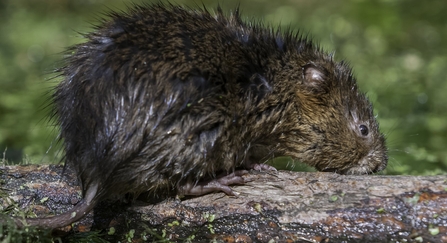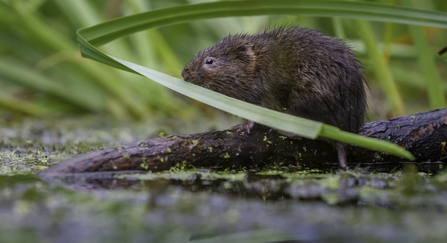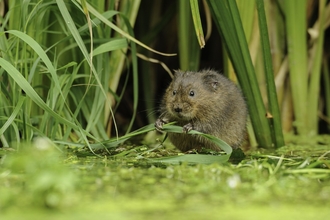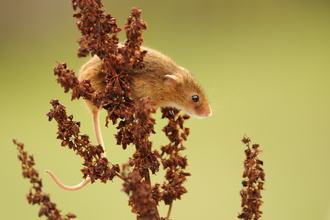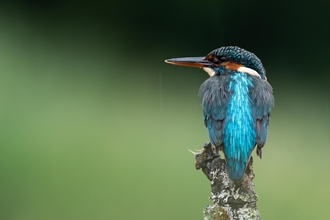Water voles have declined by 97% in the last 50 years or more. A combination of habitat loss and predation by American mink have significantly reduced population numbers of these water-loving mammals.
You can help us bring them back to Essex’s rivers by telling us if you’ve seen a water vole. Not sure how to identify them? Here’s what to look for...


